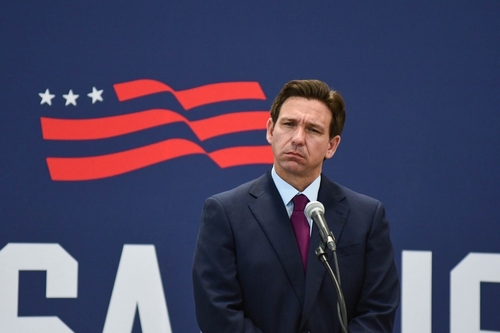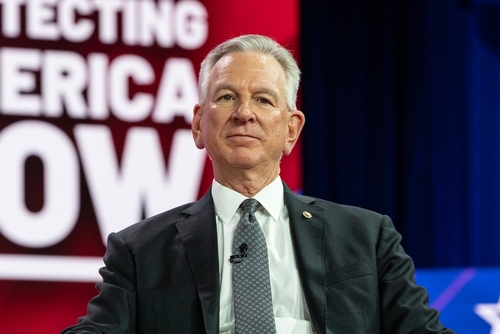Imagine a 20-second window where contact is lost with a military helicopter near the Pentagon—two jets forced to deviate and an avoidable chaos ensues.
At a Glance
- Army Black Hawk lost contact for 20 seconds near the Pentagon.
- Two commercial jets aborted landings due to this contact gap.
- Lack of proper communication infrastructure linked to the incident.
- The Army paused all helicopter operations post-incident.
- Senator Ted Cruz and others raised serious safety concerns.
A Harrowing Loss of Contact
On May 1, an Army Black Hawk helicopter lost communication with the tower at the Pentagon for 20 critical seconds. This seemingly brief lapse resulted in two commercial planes suddenly needing to abort their intended landings at Ronald Reagan Washington National Airport. The temporary control tower antenna’s poor positioning and FAA’s confusing data were identified as root causes of the break.
Filtering down to the day of the disturbing occurrence, the Black Hawk was not permitted landing and started circling the Pentagon for a second time, capturing attention further. Pitifully, there was no passenger involved with the helicopter, although the ramifications of this incident sent tremors through aviation circles nationwide.
An Assessment of Continued Close Calls
The incident fueled widespread concern. Thankfully, the FAA immediately took action by enforcing restrictions for helicopters on the route and banning runway usage when helicopter operations are in progress. Previously, an incident in January involving a passenger jet and an Army helicopter ended tragically with 67 lives lost.
“Unacceptable. Our helicopter restrictions around DCA are crystal clear. I’ll be talking to the Department of Defense to ask why … our rules were disregarded. Safety must ALWAYS come first. We just lost 67 souls! No more helicopter rides for VIPs or unnecessary training in a congested DCA airspace full of civilians. Take a taxi or Uber—besides, most VIPs have black car service.” – Transportation Secretary Sean Duffy.
Senator Ted Cruz voiced his dismay over public safety being compromised, highlighting how the Army’s decision exemplifies an urgent call for the FAA to take comprehensive control. Legislative figures are now firmly demanding limitations on military flights within civil airspace due to their proximity to civilians.
Addressing System Shortcomings
In this case, a positive outcome emerged: efforts to move the antenna to the Pentagon roof promptly addressed the communication void. Moreover, Transportation Secretary Sean Duffy points to the necessity of modernizing air traffic systems. However, the FAA declined to detail equipment concerns due to the ongoing inquiry by the National Transportation Safety Board.
“Just days after military flights resumed in the National Capital Region, the Army is once again putting the traveling public at risk. I believe it’s time for the FAA to act swiftly and assert control over the national airspace so the Army stops running air taxis for military officials near Ronald Reagan Washington National Airport.” – Senate Commerce Committee Chairman Ted Cruz.
The implications of this incident accentuate the pressing need for a coordinated aviation communication infrastructure that genuinely prioritizes the safety of the public above all else. While the modernization efforts may take time, immediate focus must remain on preventing any future unnecessary risks to both civilian and military flights.






